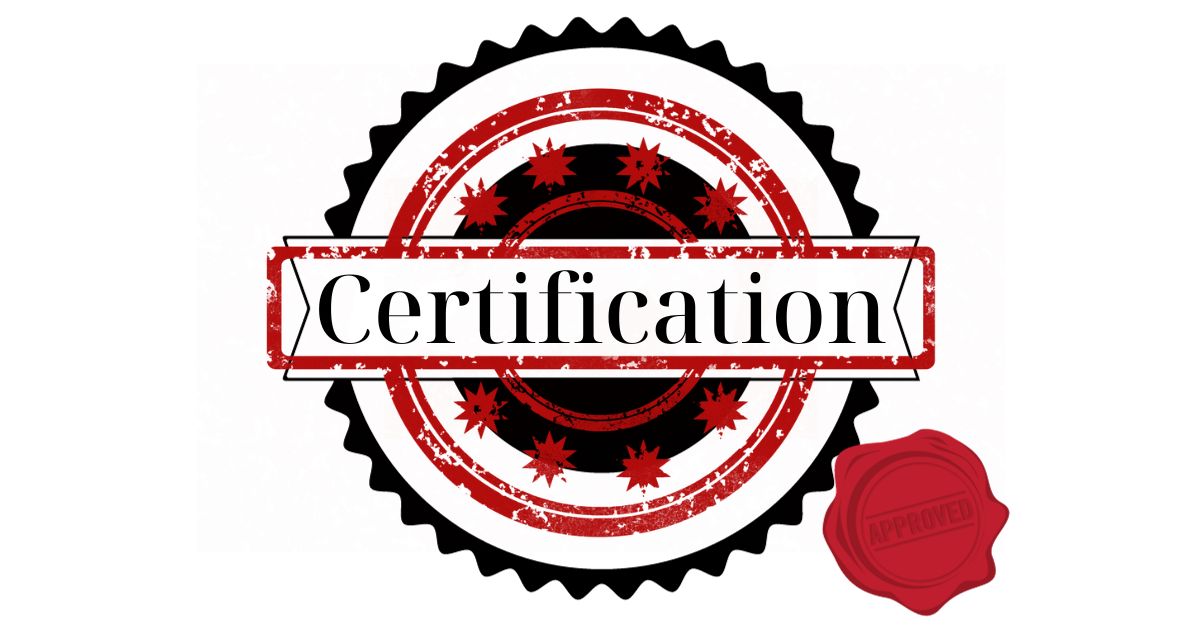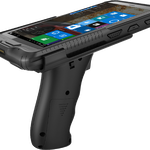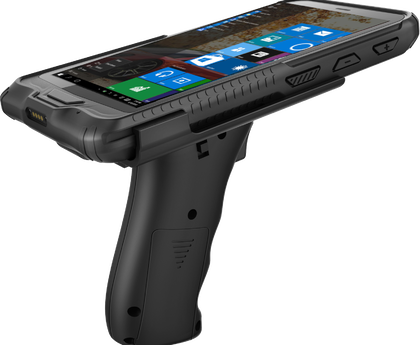Welcome to our blog post highlighting the top 5 certifications that play a crucial role in ensuring the reliability and performance of rugged tablets and handheld PDAs. In today’s dynamic and challenging environments, these certifications are essential in determining the durability and suitability of these devices for demanding industries such as military, healthcare, logistics, and more. Join us as we explore the certifications that signify robustness, safety, and compliance, enabling you to make informed decisions when choosing rugged tablets and handheld PDAs for your specific needs.Below you will find listed top 5 Certifications for Rugged tablets & handhelds Pda’s .
1)MIL-STD-810G (US Department of Defense Test Method Standard,)
MIL-STD-810G certified products are submitted to a series of specific tests including low pressure, high and low temperature, humidity, fungus, salt fog, sand and dust, vibration, and shock.
the standard’s guidance and test methods are intended to:
- define environmental stress sequences, durations, and levels of equipment life cycles;
- be used to develop analysis and test criteria tailored to the equipment and its environmental life cycle;
- evaluate equipment’s performance when exposed to a life cycle of environmental stresses
- identify deficiencies, shortcomings, and defects in equipment design, materials, manufacturing processes, packaging techniques, and maintenance methods; and
- demonstrate compliance with contractual requirements.
2) IEC 60601-1 Medical safety standards
IEC 60601-1 contains a very strict sequence of tests ensuring that the certified product can endure Electromagnetic disturbances,Radiation,radiant warmers and much more .
60601-1 is a safety standard that covers the basic safety and essential performance requirements for medical electrical equipment. It specifies general requirements for the safety of medical equipment, including protection against electric shock, mechanical hazards, and radiation. The certification process involves testing the equipment to ensure it complies with the standard’s requirements, and it also involves the evaluation of the manufacturer’s quality management system. This certification is required for medical electrical equipment to be marketed and sold in many countries worldwide, and it is essential for ensuring the safety of patients, healthcare professionals, and other users of medical devices. The standard is regularly updated to reflect advances in technology and changes in regulatory requirements.
3)IP Rating
The Ingress Protection (IP) rating is a measure of how well the device is protected against dust and water. It provides a two-digit number where the first digit indicates the level of protection against solids and the second digit indicates the level of protection against liquids.
4)CE mark certification :
The CE mark certification is a mandatory conformity marking required for products sold within the European Economic Area (EEA). It indicates that the product has been assessed and meets all applicable health, safety, and environmental protection requirements outlined in the relevant European Union (EU) directives.
The certification process involves the following steps:
- Determine which EU directives apply to the product and identify the appropriate conformity assessment procedure.
- Verify that the product complies with all applicable EU health, safety, and environmental protection requirements by performing testing, analysis, and/or examination.
- Prepare technical documentation that demonstrates compliance with the relevant EU directives and conformity assessment procedure.
- Affix the CE mark to the product and prepare a declaration of conformity (DoC) stating that the product meets all applicable requirements.
- Maintain ongoing compliance by conducting regular reviews, updating technical documentation as necessary, and addressing any non-compliances or changes in the product or regulations.
By affixing the CE mark to a product, the manufacturer or authorized representative is declaring that the product complies with all applicable EU regulations and can be sold within the EEA. The CE mark is recognized by all member states of the EU and ensures a high level of safety, health, and environmental protection for consumers.
5)FCC certification:
FCC (Federal Communications Commission) certification is required for electronic products sold in the United States that emit radio frequency energy. The certification process ensures that these products comply with FCC regulations for electromagnetic interference (EMI) and radio frequency interference (RFI).
The FCC certification involves testing and evaluation of the product to ensure that it meets the FCC’s technical standards for radio frequency emissions, radio frequency susceptibility, and safety. The certification process includes:
- Testing: The product is tested to measure its emissions and susceptibility to interference. This involves measuring the radio frequency energy the product emits and determining whether it interferes with other electronic devices.
- Documentation: The manufacturer must provide documentation describing the product’s technical specifications, including circuit diagrams, schematics, and operating manuals.
- Certification: If the product meets the FCC’s technical standards, the FCC grants certification, allowing the product to be marketed and sold in the United States.
- Labeling: The product must bear the FCC logo and an identification number indicating that it has been certified.
The FCC certification is important for manufacturers because it demonstrates that their products are compliant with FCC regulations and safe for consumers to use.






